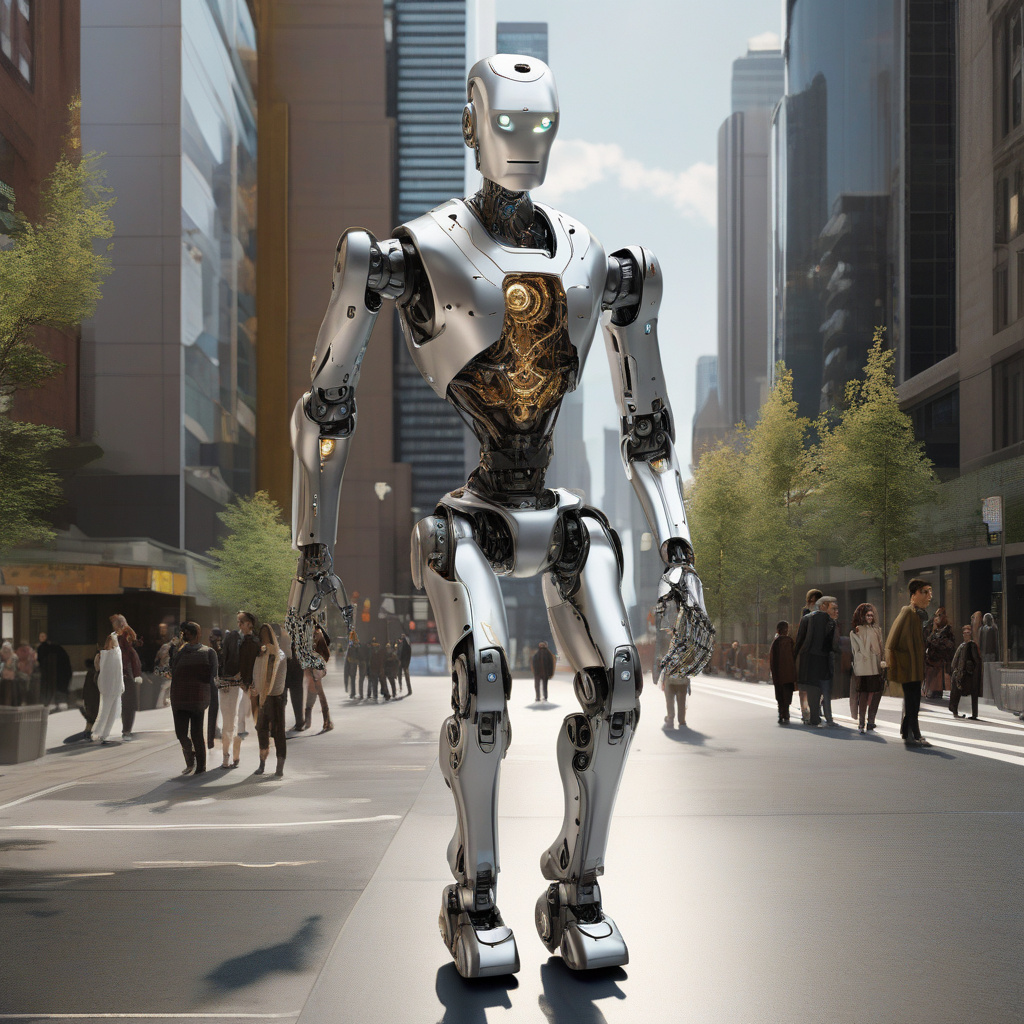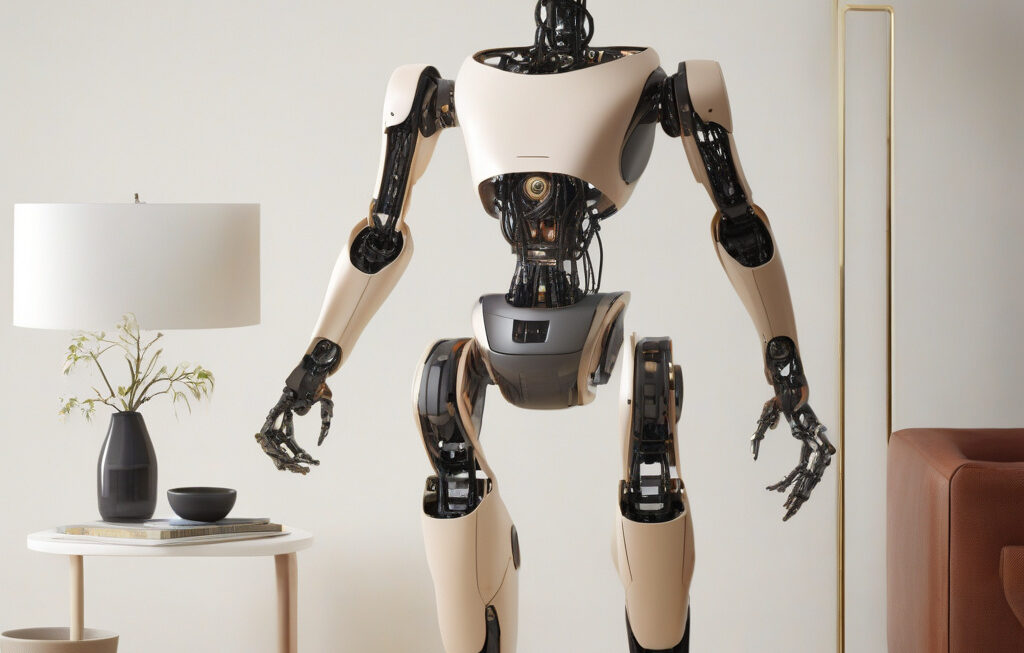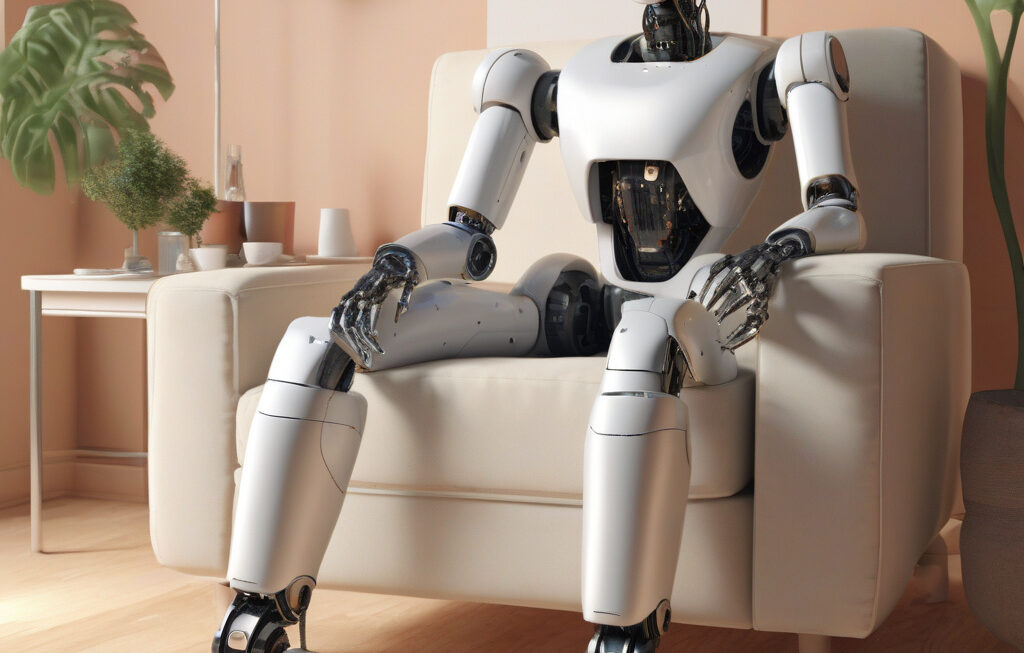Video: China’s humanoid robot walks like a human after mastering smart learning
Meet Adam, a cutting-edge humanoid robot with a proprietary reinforcement learning (RL) algorithm. Refined through extensive research and development, Adam showcases remarkable advancements in the field of robotics, particularly in mimicking human movements with precision and agility.
One of the most striking features of Adam is its ability to walk like a human, thanks to the sophisticated smart learning capabilities embedded in its design. By leveraging RL, Adam can analyze data, learn from its experiences, and continuously improve its walking gait to become more human-like over time. This breakthrough marks a significant milestone in the evolution of robotics, bringing us closer to seamlessly integrating machines into our daily lives.
The integration of smart learning technologies, such as RL, enables robots like Adam to adapt to dynamic environments and perform tasks with greater efficiency and flexibility. For example, in a real-world scenario, Adam could navigate complex spaces, interact with objects, and assist humans in various activities, all while maintaining a natural and fluid walking motion.
Beyond its walking capabilities, Adam also demonstrates proficiency in other human-like movements, such as gesturing, reaching for objects, and even dancing. These actions not only showcase the robot’s dexterity and coordination but also highlight the endless possibilities that smart learning algorithms offer in enhancing robotic functionality.
Moreover, Adam’s success in mastering human-like walking is a testament to the power of continuous learning and improvement in robotics. By leveraging data-driven insights and feedback mechanisms, Adam can refine its movements, correct errors, and optimize performance over time. This iterative process mirrors the way humans learn and adapt, paving the way for more sophisticated and lifelike robots in the future.
The implications of Adam’s breakthrough extend far beyond the realm of robotics. As smart learning algorithms become more advanced and pervasive, we can expect to see their application in various industries, from healthcare and manufacturing to entertainment and education. By harnessing the power of AI and machine learning, businesses and researchers can drive innovation, enhance productivity, and unlock new possibilities for human-machine collaboration.
In conclusion, Adam’s ability to walk like a human after mastering smart learning represents a significant leap forward in the field of robotics. By combining cutting-edge technology with advanced learning algorithms, Adam showcases the potential for robots to emulate human movements with remarkable accuracy and grace. As we continue to push the boundaries of innovation, the future of robotics looks increasingly promising, offering endless opportunities for growth and advancement in the ever-evolving world of technology.
robotics, smart learning, humanoid, innovation, AI












